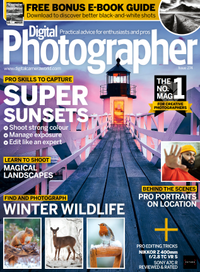"There’s a misconception that the use of AI is less creative, these people don't want to explore the deeper meaning of the art”
Dutch artist, Nancy Poeran, explores the concept of reality through a combination of classic photography, sketches, textures and AI
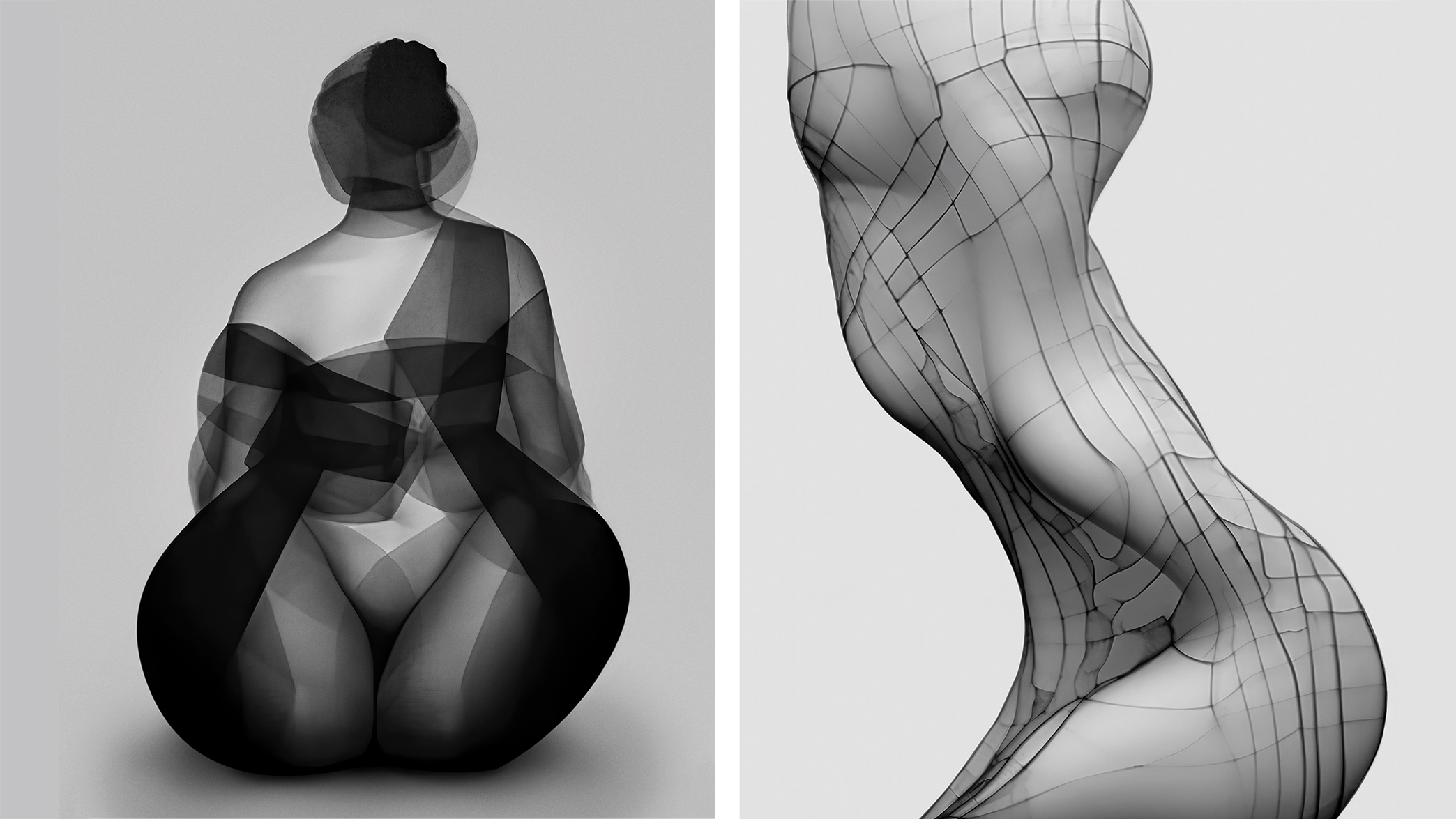
The medium of photography is about capturing reality and depicting it in the form of an image. But when we come across a photo where familiar elements such as shape, colour and texture differ from the characteristics we experience in our own reality, how do we process that information?
Imagery that differs from our reality presents the opportunity to challenge our brains and learn about ourselves. The human brain recognises an image in mere milliseconds, classifies it and attributes different characteristics to it. That is why everyone inevitably ends up with different interpretations and emotions. After all, one beautiful aspect of visual art can be that everyone connects it with their own impressions – we all live in the same reality, but our perception of it varies. This variation occurs in our minds and leads some to assign meaning to things that may not exist. So this leads to the question: What is reality?
Dutch artist Nancy Poeran raises this question in her work. She combines a variety of art forms, including photography, sketches and other techniques, augmented by a tool that has proved controversial in photography – Artificial Intelligence (AI). Nancy’s work focuses on subjectivity so, when she engages in a dialogue with AI, her goal is not to generate purely artificial images but to enhance aspects of reality.
Nancy’s work demonstrates how a machine, programmed by humans but unable to exist or operate like us, can effectively augment our perception of reality.
Interview
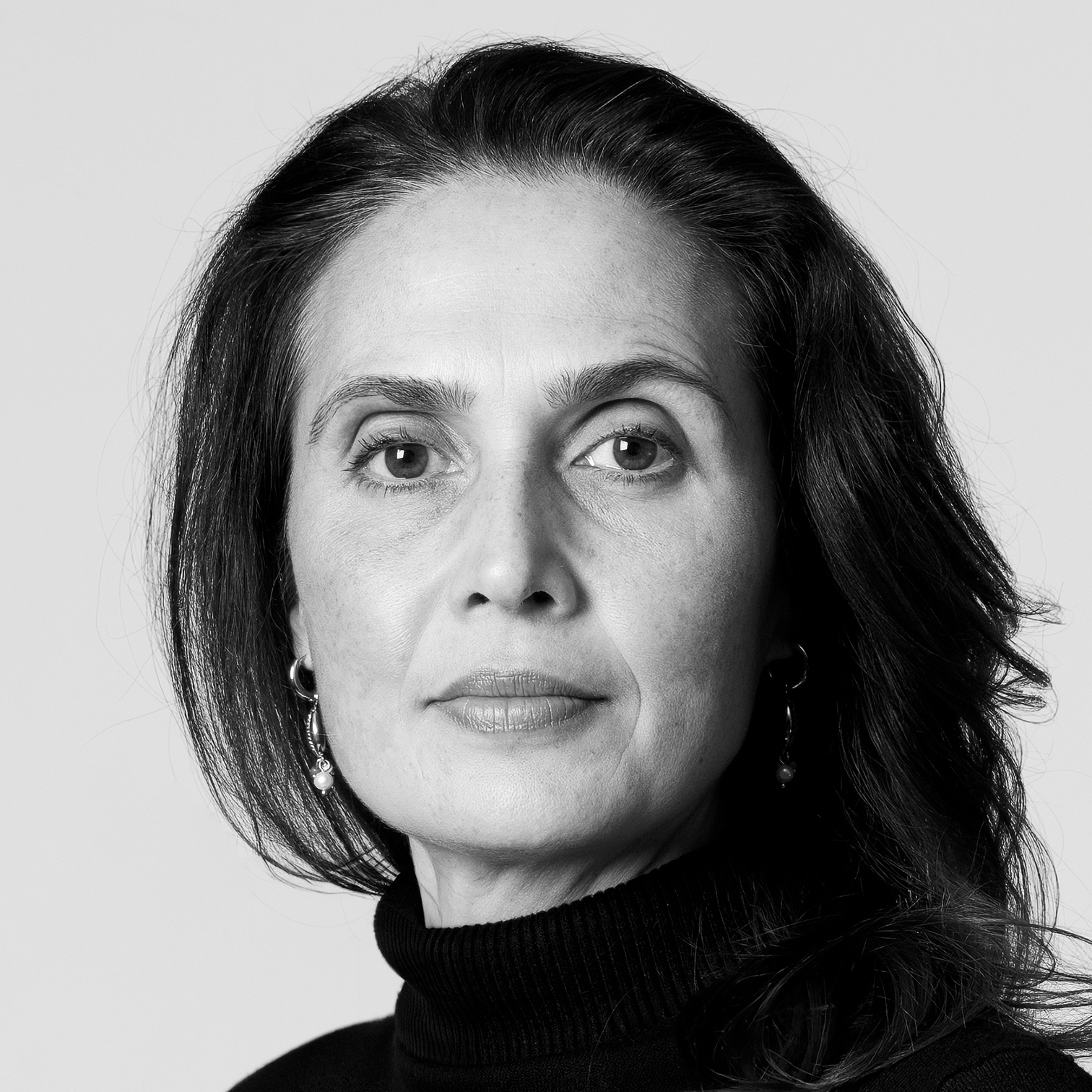
After studying for her Masters degree, Nancy Poeran worked for 20 years in various management positions. In 2020, she changed her career path and decided to pursue her true passion of photography. In 2021, her series ‘Any Body’ was nominated for the Rabo Portrait Prize Talent Award. In 2022 and 2023, she showcased her series ‘Women Past and Present’ at Nyenrode University in Breukelen and Amsterdam. In December 2023, Nancy graduated from The Photo Academy in Amsterdam.
You use a variety of techniques to bring your visions to life, so what significance does photography have here?
In every technique I use, I think as a photographer. On the one hand, I decide which settings to use. I determine the input, composition, light, setting and the pose. And like photography, it is all about capturing the decisive moment. Making the judgment call as to when all the ingredients are the optimal blend and will result in an image that perfectly portrays what I have envisaged.
The remarkable thing is now that nearly everything can be created through AI, I am abstracting and isolating my subjects to get back to the essence of an image.
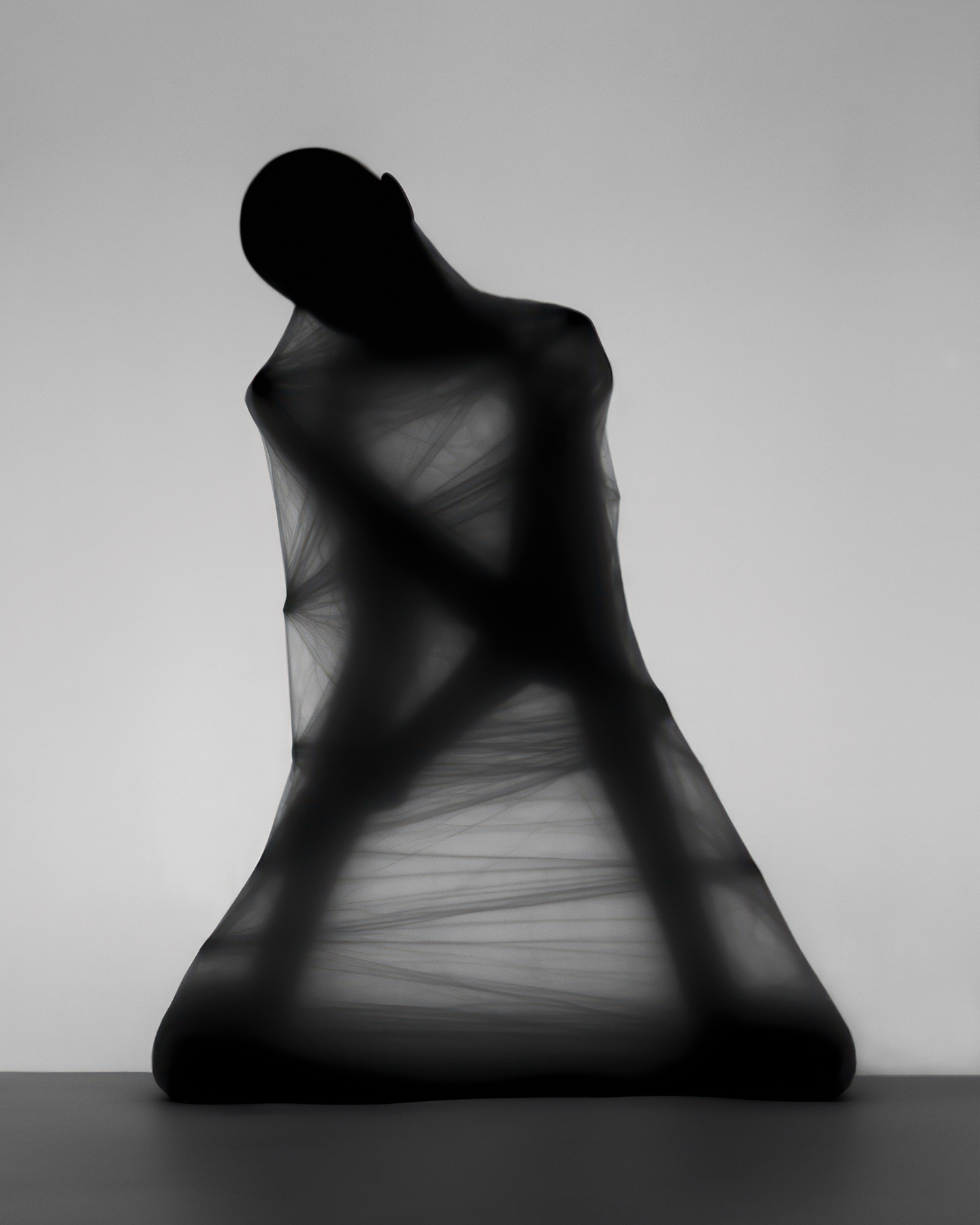
Many photographers believe that AI will negatively impact the industry, but how important is it for your work?
I think the introduction of AI is comparable to the introduction of photography compared with painting, and in turn, digital photography compared with analogue photography. There is a lot of fear around the artistic value and the perceived ease of use. Of course, in theory, anyone can start with AI, but it requires a new set of skills and a different way of thinking to achieve a good quality image with my signature. AI is constantly developing, requiring the user to grow and stretch oneself.
For me, AI offers me new artistic possibilities, stimulates my creativity and therefore broadens my conceptual framework. It has also encouraged me to work with other techniques, such as video and sculpture.
How does your creative process look from conception to realisation?
The figures I create through AI are inspired by my own emotions or people in my surroundings that I observe and try to understand. I always start the working process with an image of my own. This can vary from a sketch, a photo or even a certain texture. Subsequently, I enter into a dialogue with AI. I never accept the output outright. I always keep adapting it to create the image I want to portray, using elements such as ambiguity, sensuality and the emotions that I want to convey. I love every minute of this quest.
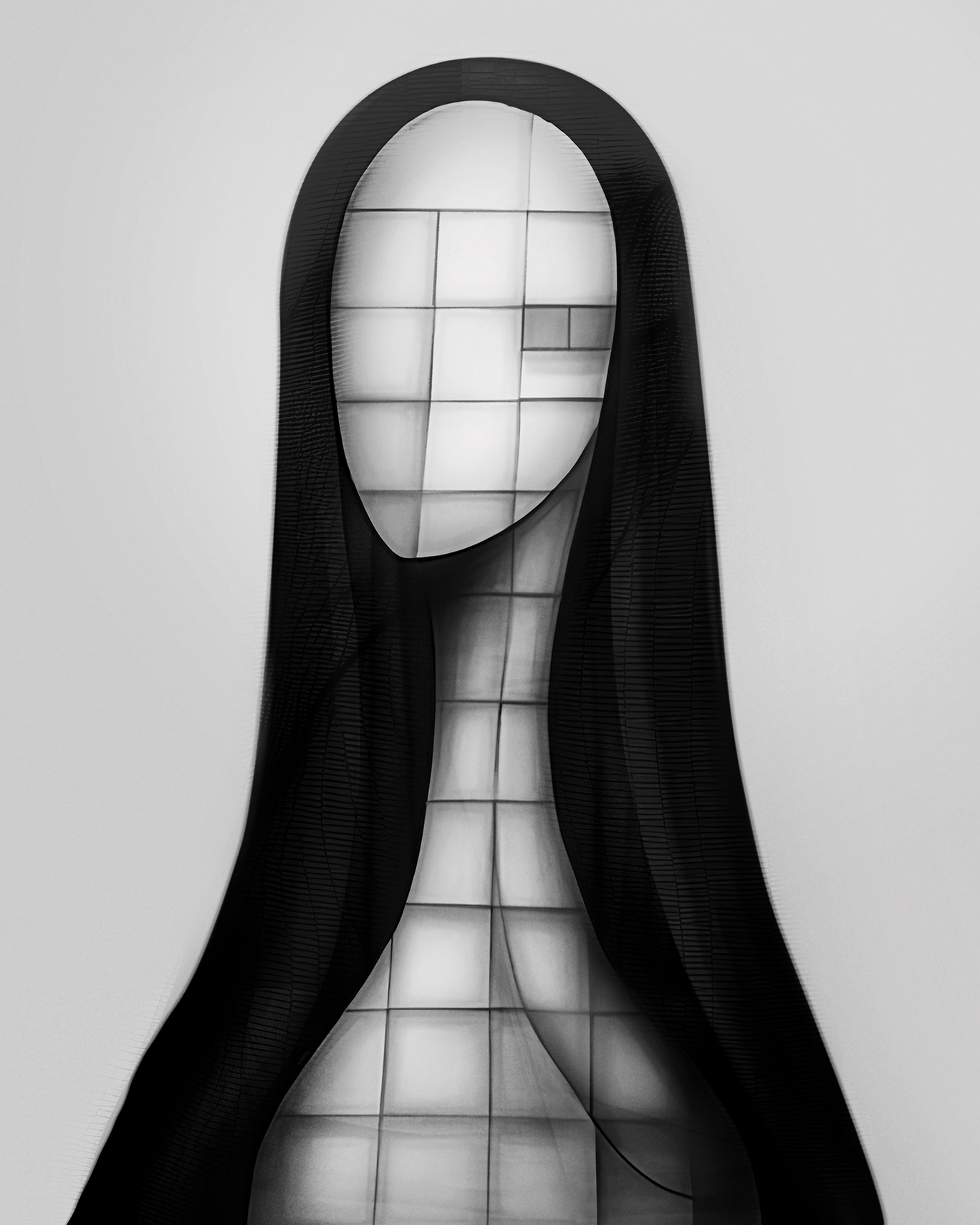
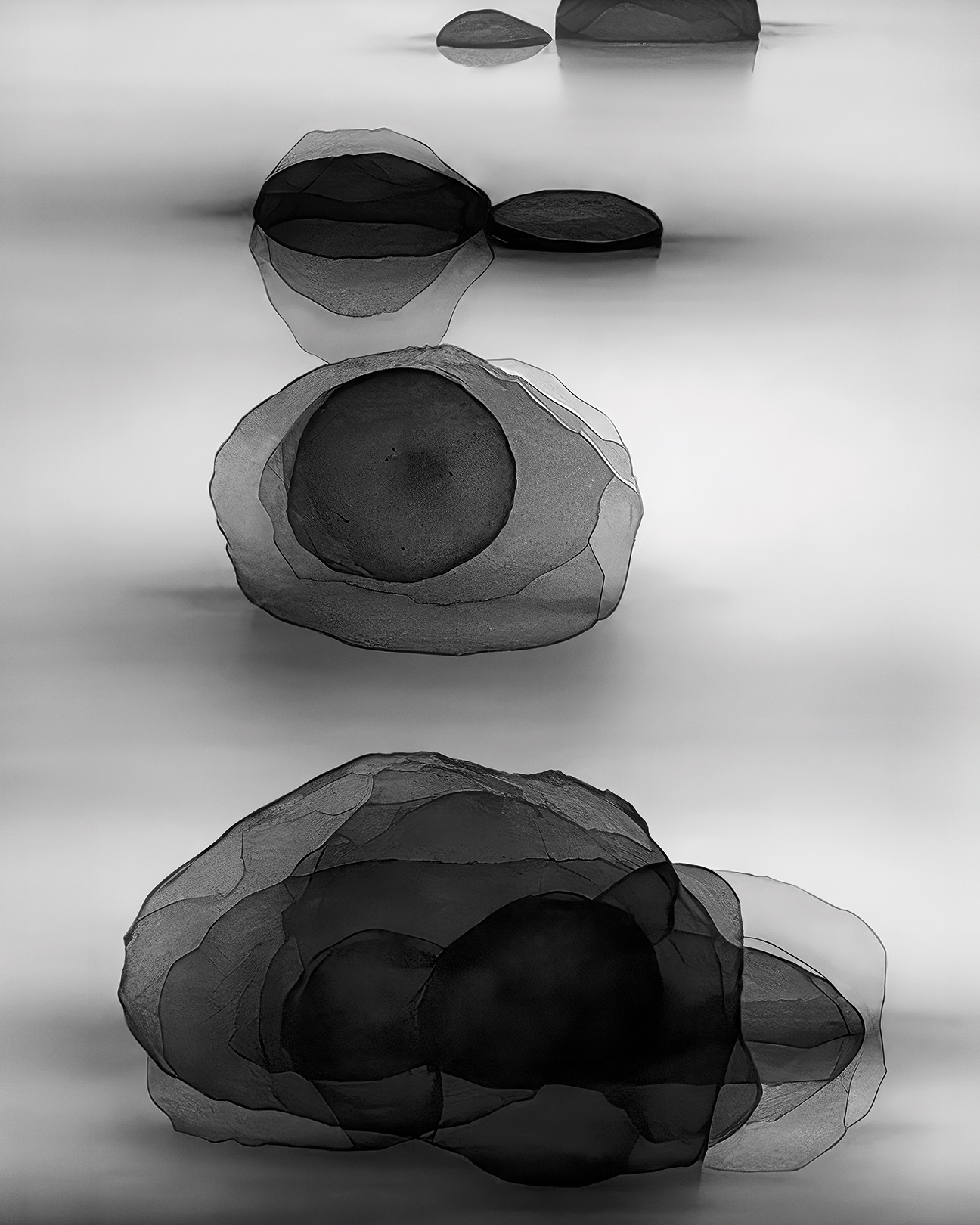
Can you give more insight into the visual strategies you employ to explore the relationship between inner perceptions and external reality?
In the series ‘We Are All Made of Light and Shadow’, I use contrasts in an interplay – black and white, lines and organic shapes – to create figures that I abstract and deform. And despite the same ingredients, we interpret each individual image differently. We can observe various human shapes with different expressions of emotion. This is a process that takes place in our minds. We give meaning to something that might not even exist.
You embrace the idea that reality is subjective and that there are multiple layers of truth. Could you expand on this concept?
I have always been interested in human psychology and identity. When we look at the other person, we have an opinion based on our own frame of reference. It all depends on what we want to see and also on what the other person wants to reveal. But essentially, we are all made out of the same elements. Perhaps this is what we need to be more open to, the idea that there is not only one reality.
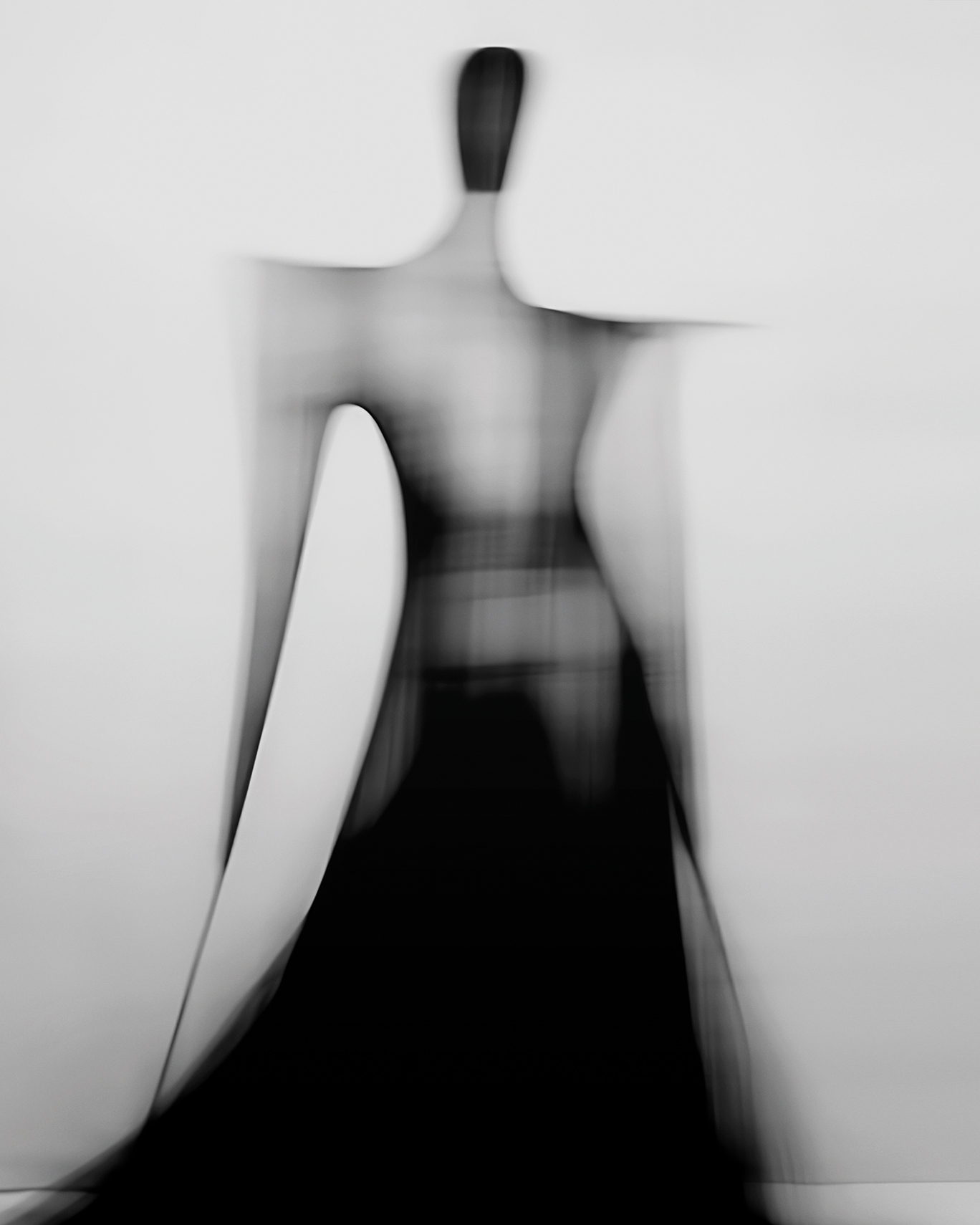
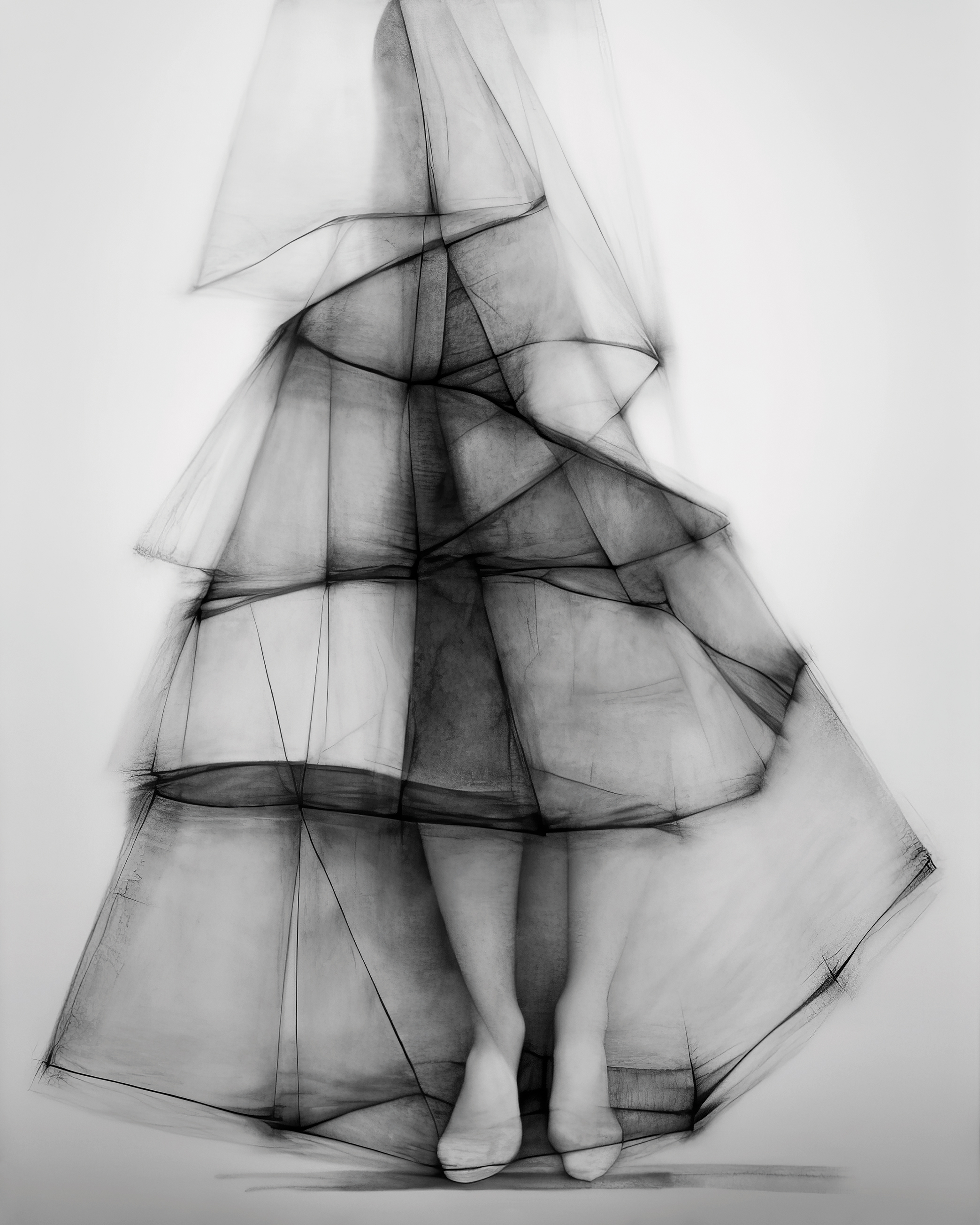
Why is art history, particularly cubism, a source of inspiration for your work?
What I find interesting about cubism is that it is about a different way of seeing things. This raises the question, can I trust my observations? I find elements such as the simplification of shapes and confusing perspectives intriguing. With everything happening in the world today, we need to be constantly alert to what we observe. Not through suspicion, but from realising that there is room for different perspectives and contrasts that can enrich each other.
You refer to yourself as an AI Explorer. What is the most impactful aspect that you’ve discovered so far for your art?
AI is a tool for me to realise my ideas and it brings me new possibilities and perspectives. It can sometimes be frustrating because I don’t have 100 percent control. Working with AI is like being on holiday exploring a new city and walking into an unknown alleyway. Sometimes, this results in the most wonderful experience and, at other times, you might end up lost. But in the end, you always have to take control of your own journey.
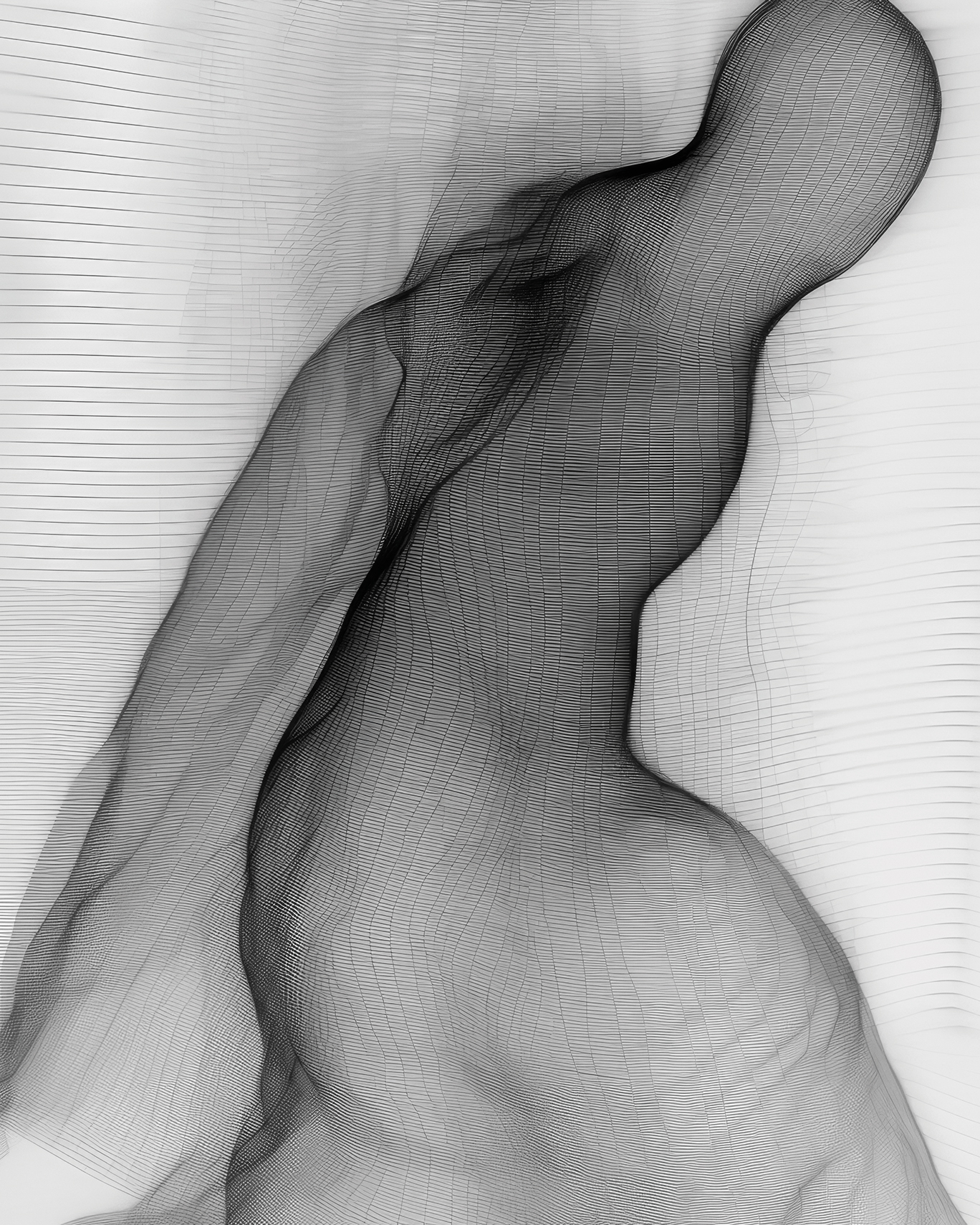
Do you find that you have experienced a lack of recognition for your photographic work due to the involvement of AI?
Over the past year, I have been in contact with many people, ranging from art collectors, curators, art critics, scholars and fellow artists. One thing I have noticed is that, with the rise of AI, we are entering a new era. Historically, all art movements and developments within technology first face scepticism and then the friction arrives. That is a natural phenomenon.
There’s a misconception amongst some audiences, who think that the use of AI is an easy route and less creative. This group rejects it straight away and does not want to explore the deeper meaning of the art and its creation. There is also a group that is more neutral and open-minded, however, they prefer the medium of photography as the only way to capture the soul of a person. Then there is a group that finds it interesting and intriguing.
It is an interesting journey. I think what it comes down to is that I do not pretend that my images are real life, I ask the question ‘What is reality’? And is a portrait taken with a camera ‘reality’ and a good representation of the person? In the end, I want to present my vision. For me, the medium does not matter. I would like my art to be appreciated because of its conceptual meaning and visual representation. Art needs to be stimulating and it needs to be slightly disturbing. I hope to be able to contribute to this.
Why don’t you name your artworks or give them titles?
If I gave each image a title, I would label them for one certain thing. And that is exactly what I want to prevent – it would be a contradiction to the conceptual thought of the series. Each viewer has his or her own version of it, so the title has to be given by them.
Have you found the answers to any of the questions raised in your work?
The answer is that reality does not exist, or at least, there is no single version of the truth. What has helped me in this process is the acceptance that everything can coexist side by side as long as we stay inquisitive.
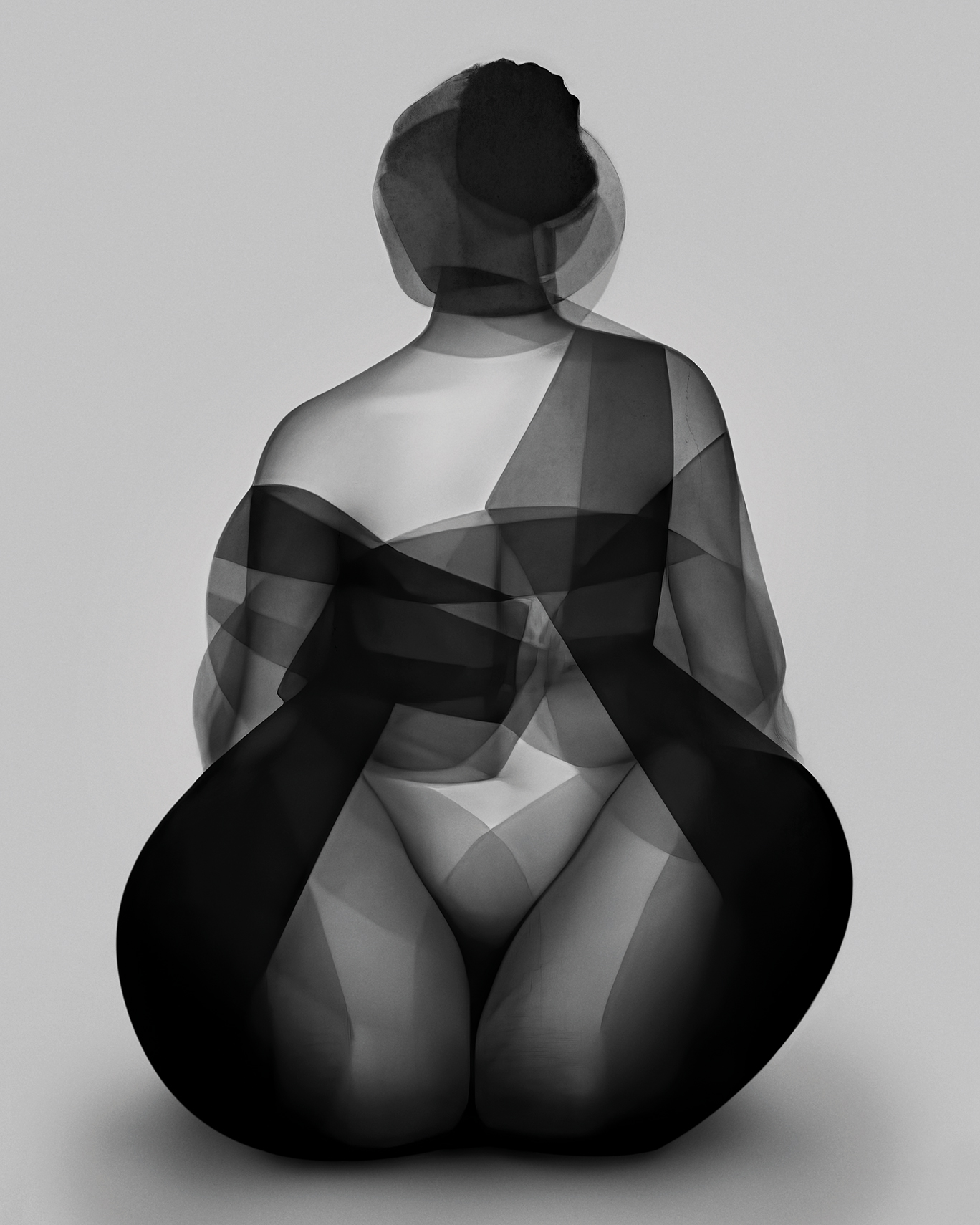
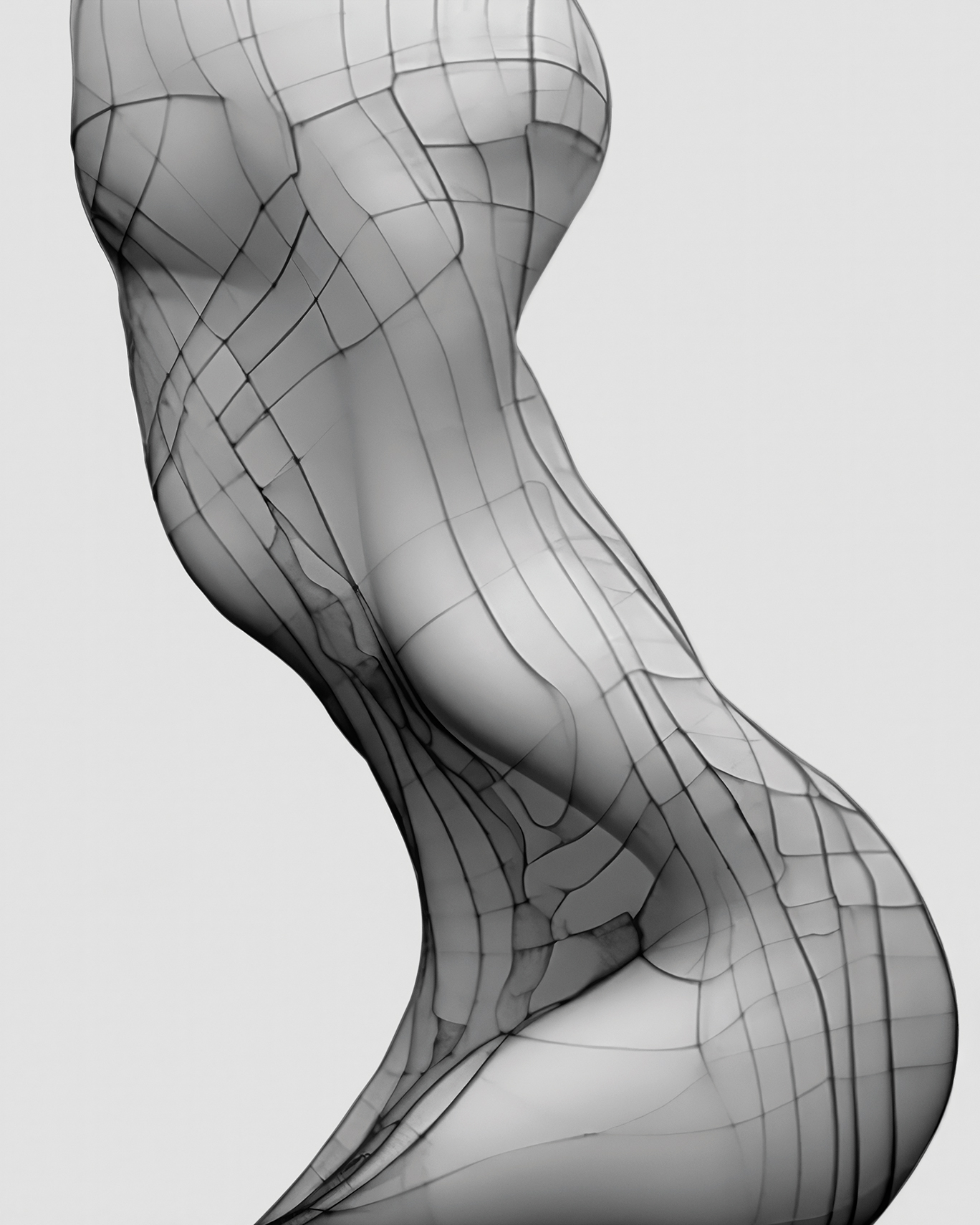
Read our guide to the best AI image generators
Get the best magazine for enthusiast and pro photographers delivered to your door or device with a subscription to Digital Photographer. Learn the hottest photo trends and techniques while getting essential advice on earning cash from your photography.
Get the Digital Camera World Newsletter
The best camera deals, reviews, product advice, and unmissable photography news, direct to your inbox!

Kim is the Staff Writer on Digital Camera World, and formerly Technique Editor at Digital Photographer, focusing on the art and science of photography. With a Master’s degree in Photography and Media, she is driven to educate through an analytical approach, visually and technically. With her guides and tutorials, Kim seeks to uncover new facets of this time-honoured medium and foster a deeper understanding of its profound role in culture. Kim highlights topics that resonate with modern society, including women in photography and critical issues such as environmental conservation. She also discusses and reviews camera gear, giving you an overview to find the best fit for your photography journey.
